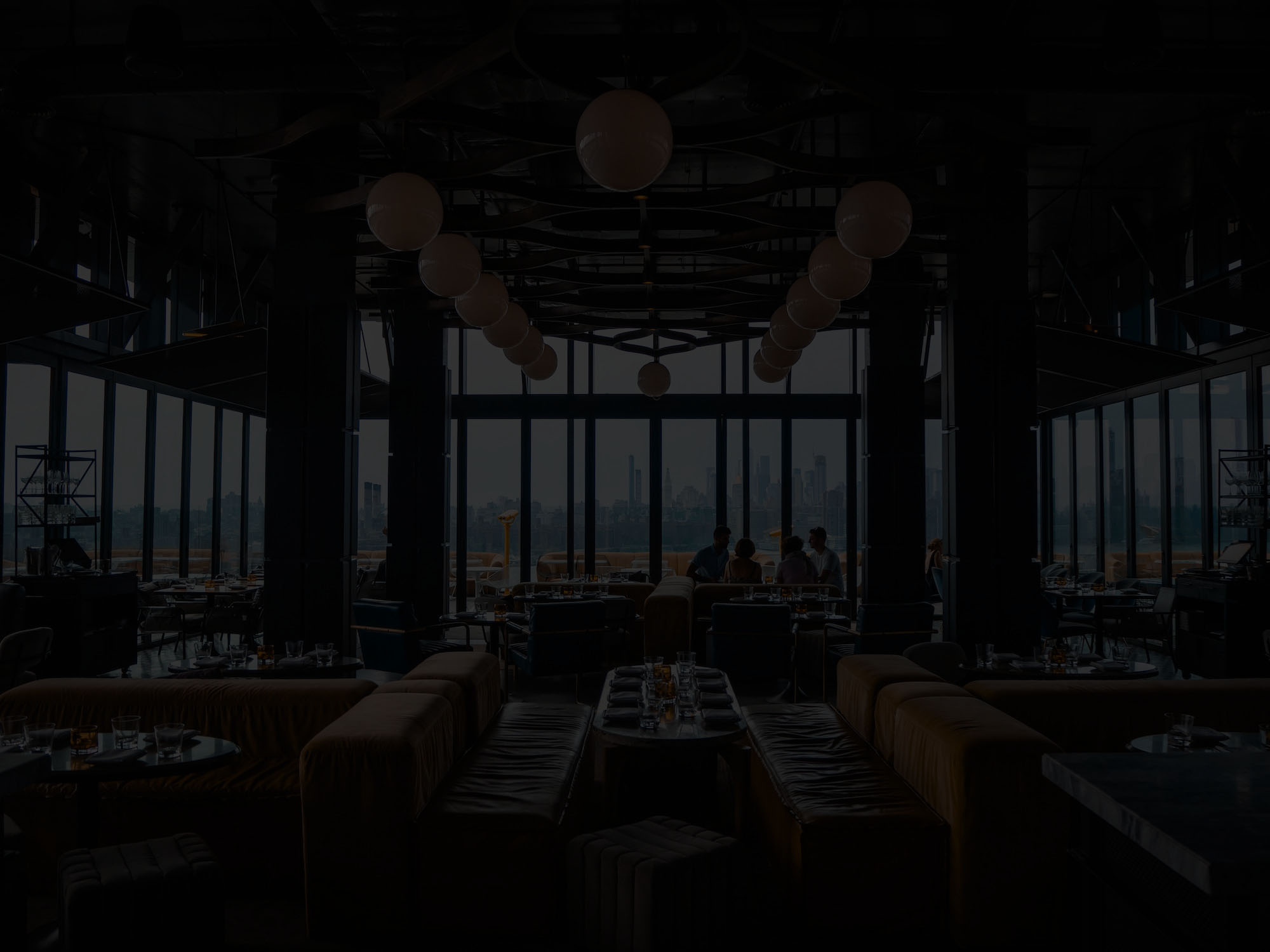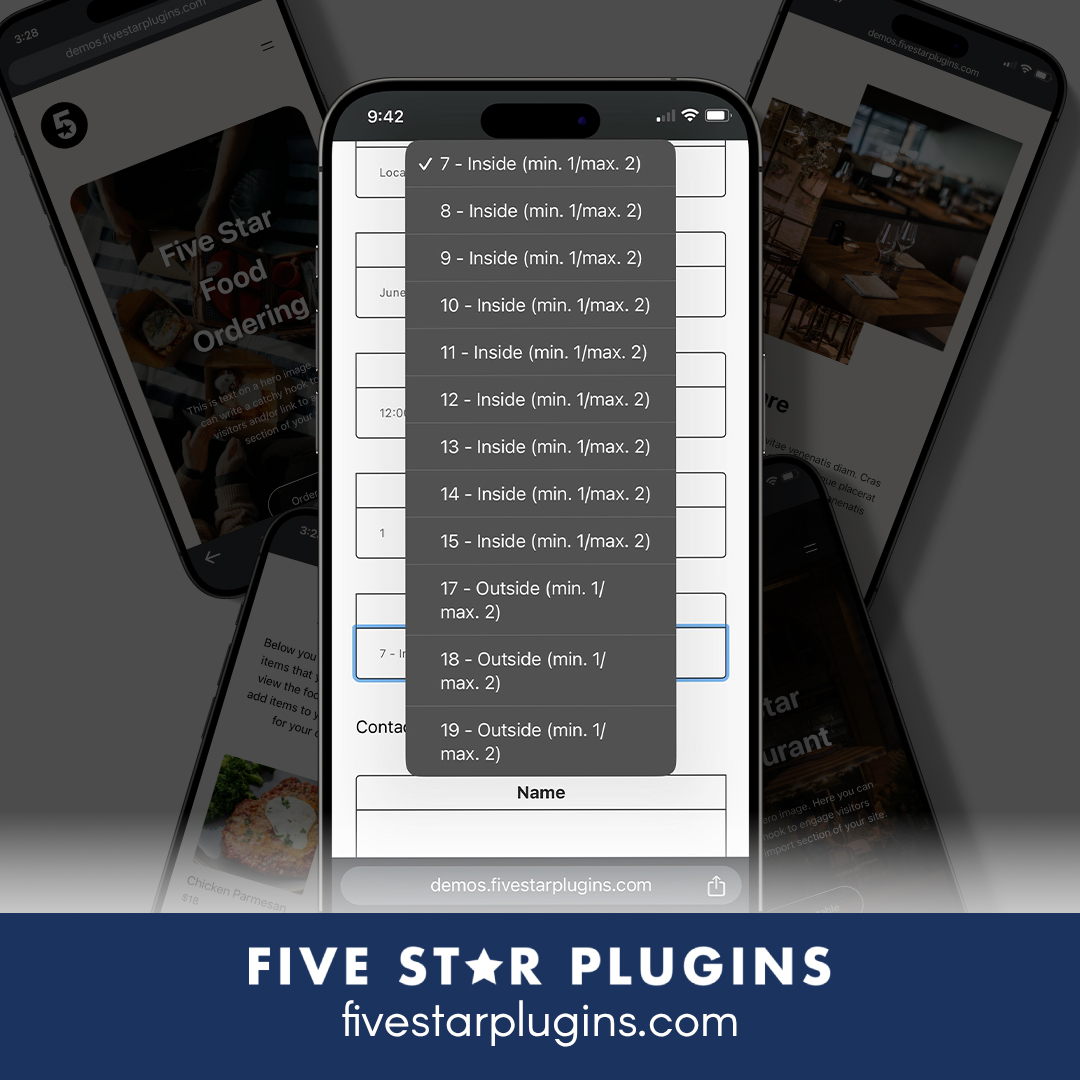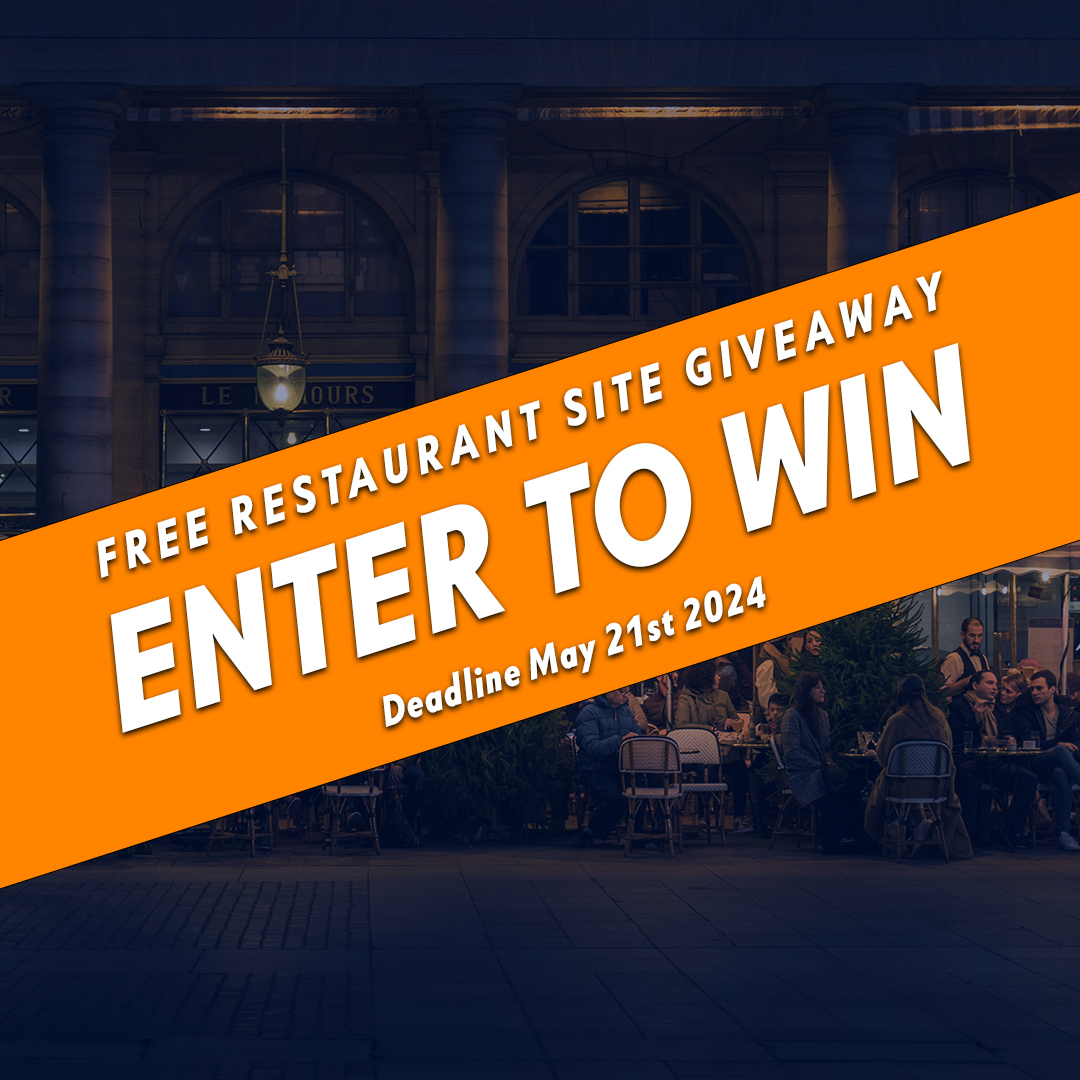What three things does a restaurant website need?
My friend Matt over at the Matt Report asked a question on Twitter yesterday.
What are the 3 must haves, for a business website?
— Matt Medeiros (@mattmedeiros) December 5, 2016
Matt’s network is full of developers who work with clients to build great websites every day. They can be a jaded bunch. Some of them used it as an opportunity to joke about the awful websites they see every day.
stock photos of diverse business people coming together and laughing about nothing. That works every time.
— matt adams (@mattada) December 6, 2016
Or laugh about how often sites get packed with stuff that distracts from its main purpose.
☑️ embedded FUN twetes
☑️ party parrots
☑️ calend.ly in case i want to human
☑️ generally good content
☑️ more than three— Josh Silverman (@jhsilverman) December 5, 2016
But there were also some (mostly) serious answers.
Contact info and any pertinent info like hours and directions/map. Quality photos. Real is better than stock most of time.
— David Bell (@Cape_Dave) December 5, 2016
Positioning statement, call to action and Jetpack snow.
— Gary Jones (@GaryJ) December 6, 2016
I couldn’t resist making my own joke about some of the inverted priorities I see in restaurant websites all the time.
Photo of the owner, an elaborate backstory describing how they got into the business, and a full-screen background photo.
— Nate Wright (@NateWr) December 6, 2016
These are some of the things I often see most prominently displayed on restaurant websites. Why do I call these inverted priorities?
None of them are what your visitors really want when they land on your website.
When a potential diner arrives at your website, they’re on a mission. Let’s group your visitors into three buckets. It won’t be all of your visitors. But it’s probably a bunch of them.
Bucket 1: The Already Committed
A lot of visitors to your website are probably already committed to your restaurant, cafe or bar. Maybe they’ve dined before and just want to make a booking for the night. Maybe they’re meeting a friend and want to find out where you are. Maybe they’re booking an event and want a number to call so they can iron out their details.
In each case, they don’t really care who you are. They’re looking for the quickest way to find out something simple about your restaurant.
Bucket 2: The Want-To-Be Committed
These visitors are hungry. They’re probably looking at a bunch of your competitor’s restaurants or cafes at the same time. They’re blowing through a list of potential places to go and they want to be won over as quickly as possible.
These potential customers might care about who you are. But they don’t want to read a long story about how your restaurant was founded. They want to know what’s on the menu, whether or not it’s in their price range, and whether it’s rowdy and vibrant or quiet and comfortable.
Bucket 3: The Idle Browser
Then there are the ones that need convincing. They may not be in such a rush to find a place right away. Maybe they’re new to town and looking for what’s available. Maybe they’re just tired of their usual spots.
You might think, “Ah, these are the ones who I can win with my lengthy history of the restaurant.”
Probably not.
That might work in a few instances. If you’ve got a famous chef, brag about her. If your cafe draws tourist traffic because of famous historical patrons, let them know.
But most of the time the Idle Browser wants to know the same things as the Want-To-Be Committed. They just take more work to distil your message and deliver it in the most effective way possible.
They want to know what you’re like. But they don’t really want to read about it.
They want to know what sets your restaurant apart. But they want it in a few crisp, well-crafted sentences.
They want to know what your menu is like. But they want to be guided there without having to go looking for it.
The Idle Browser wants to be impressed. And that’s why you need to deliver an outstanding browsing experience from start to finish.
And then, when you’ve got them on the hook, be sure to reel them in.
So what three things does a restaurant website need then?
First, you need straightforward contact information and it needs to be easy to find. I mean stupid easy to find. Put your address, phone number and opening hours right there in front of their face.
Second, you need to make sure they can quickly and easily access information about what you provide. What do you serve? What do you charge? What’s the environment like inside? Make sure they can find it right away.
Finally, you need to provoke their desire. Just like a good chef will plate his dish in an appealing way, you need to prompt your visitor to want to walk through your door. The best way to do this is to crunch everything you know about your establishment’s personality and the target market you’re trying to reach into a few short, simple calls to action.
Let’s be honest. The last one’s the hardest part.
Which calls to action are right for you will depend on what kind of profile you want to put out there.
You can surprise the customer with bold claims: “The best burger in town. Don’t believe us? Book a table today.”
Or you can inspire comfort and familiarity with understated claims: “We think our burgers are pretty good. Have a bite.”
Or you can go straight to a convincing social proof: “Best beer selection. Three years running. Yeah, that’s us.”
But you should avoid boring, or overly descriptive, approaches: “We make burgers, pizzas and fries in a family-friendly atmosphere.”
The Already Committed and the Want-To-Be Committed will probably blow right past such boring descriptions. But the Idle Browser wants to be excited.
Excite them.



